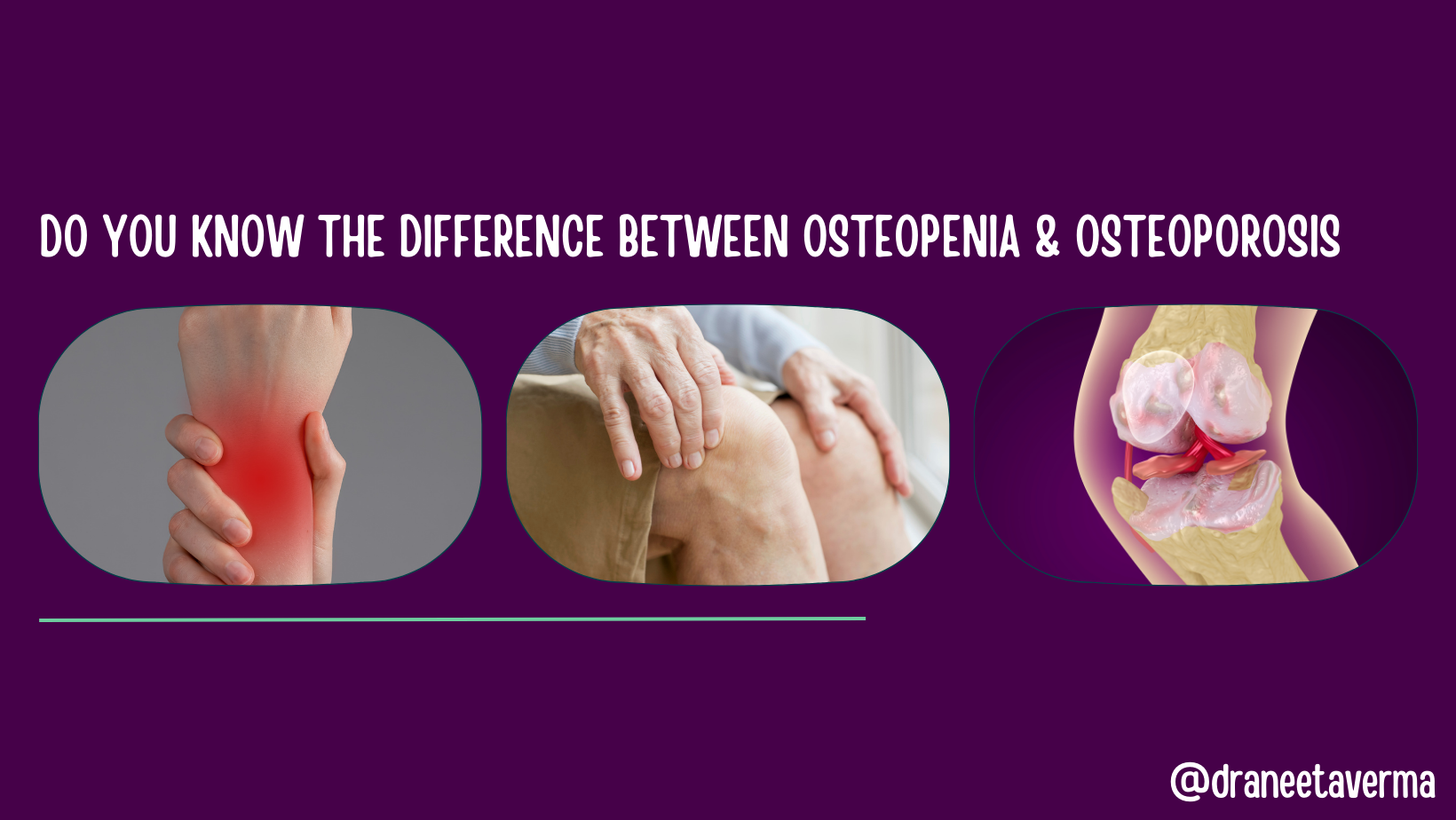+918048051883

This is your website preview.
Currently it only shows your basic business info. Start adding relevant business details such as description, images and products or services to gain your customers attention by using Boost 360 android app / iOS App / web portal.
Do you know the difference between Osteopenia &...

Do you know the difference between Osteopenia & Osteoporosis? Osteopenia and Osteoporosis are both conditions that affect the bones, which can lead to fragility and an increased risk of fractures. While they are similar in many ways, they are not the same condition and understanding the differences between the two is important. Osteopenia is a condition that is characterized by lower-than-normal levels of bone density and is often considered a precursor to Osteoporosis. Osteopenia is generally diagnosed when a dual-energy X-ray absorptiometry (DXA) scan shows that the patient’s bone mineral density (BMD) is lower than normal, but not low enough to be classified as Osteoporosis. Osteoporosis is a more serious condition that results in a decrease in bone mass and increases the risk of fragility fractures. Osteoporosis is defined as a BMD that is more than 2.5 standard deviations below the mean peak bone mass as measured by a DXA scan. This means that the patient’s bones are much weaker than normal and are more susceptible to fractures. The primary difference between Osteopenia and Osteoporosis is the severity of the condition. Osteopenia is an early warning sign that a patient may develop Osteoporosis in the future, while Osteoporosis is a more serious medical condition that is associated with an increased risk of fractures. The primary risk factors for both Osteopenia and Osteoporosis are age, gender, family history, and lifestyle factors such as diet, smoking, and alcohol consumption. Women are more likely to develop Osteopenia and Osteoporosis than men, and the risk increases with age. However, it is important to note that both men and women can develop Osteopenia and Osteoporosis, and it is important to be aware of the risk factors and take steps to reduce them. The primary treatments for both Osteopenia and Osteoporosis are calcium and vitamin D supplements, weight-bearing exercises, and medications. These treatments can help to slow the progression of both conditions and reduce the risk of fractures.

